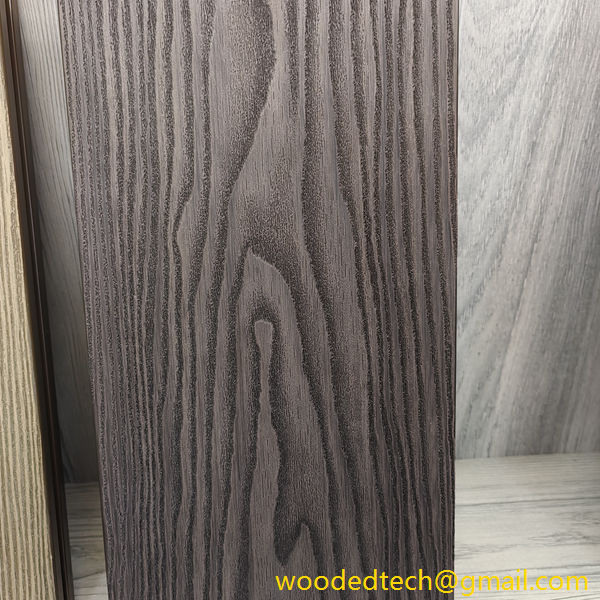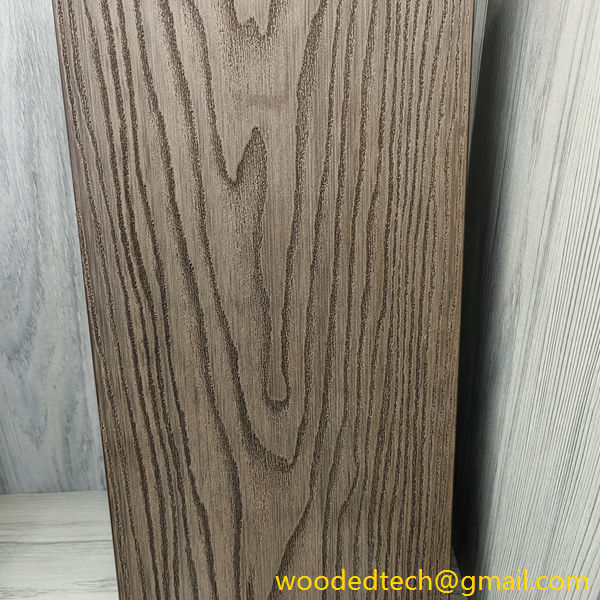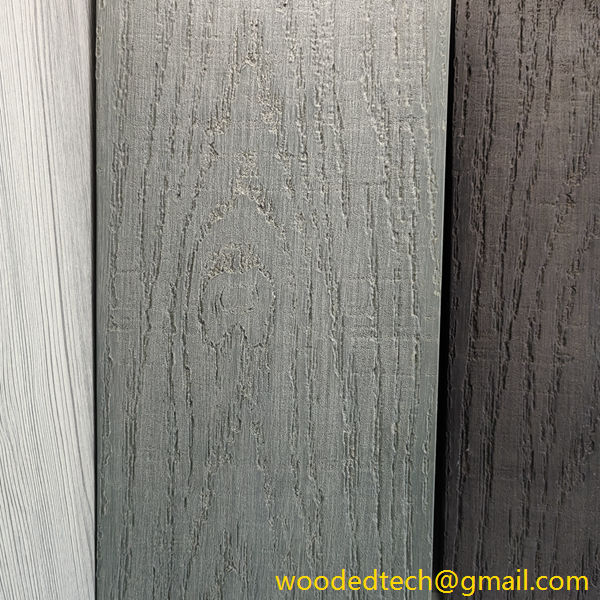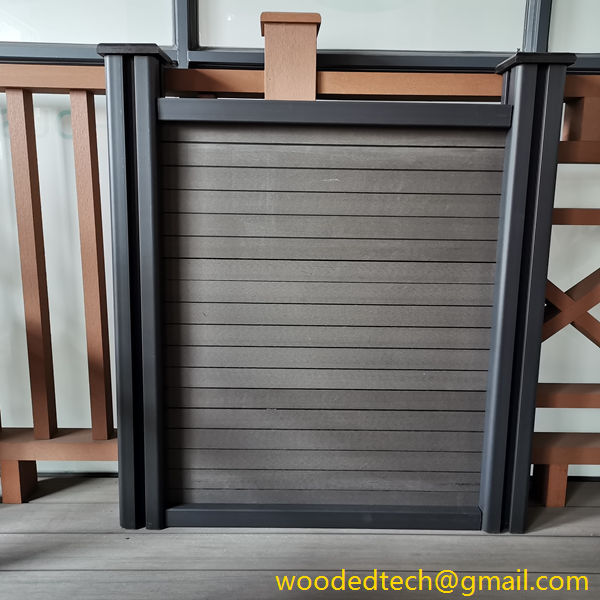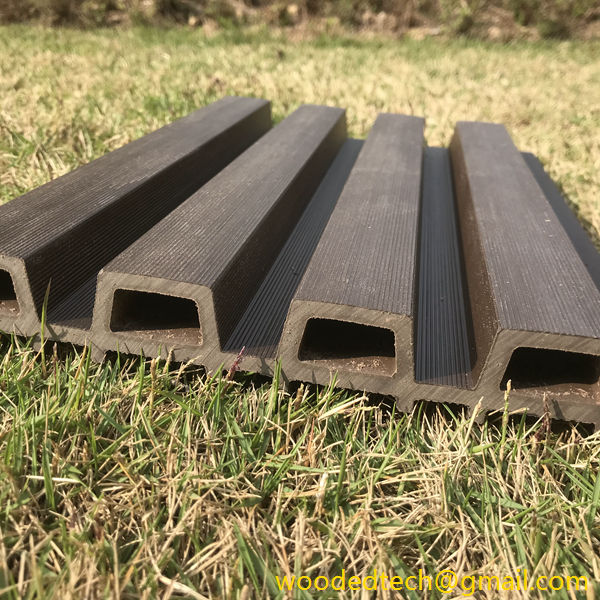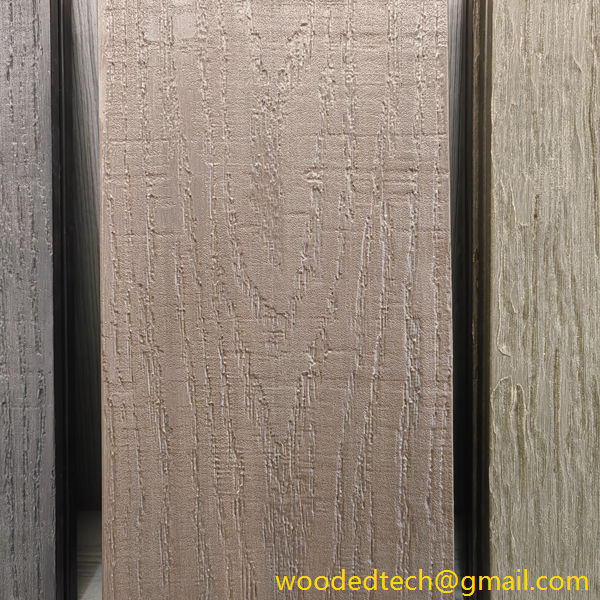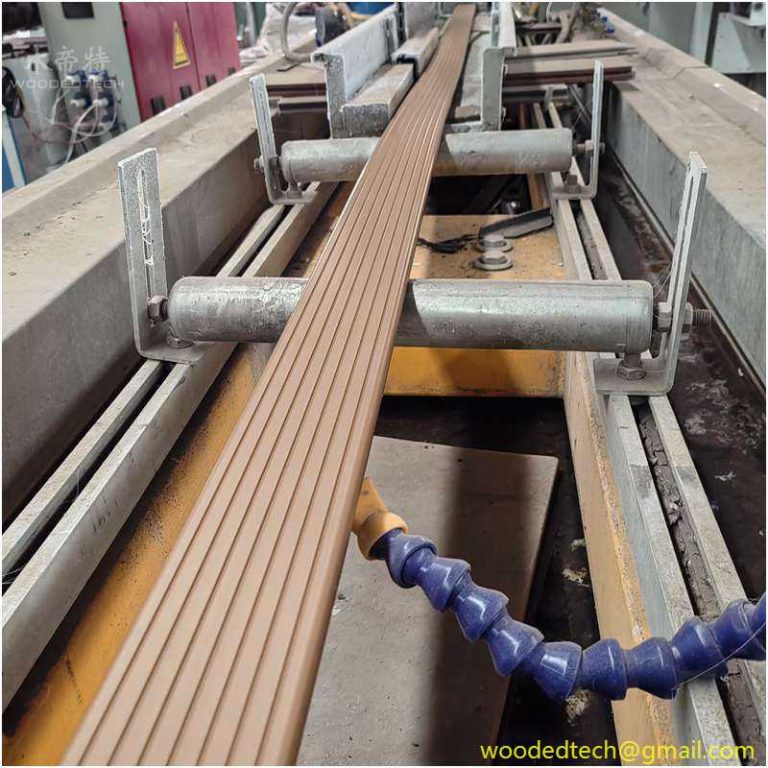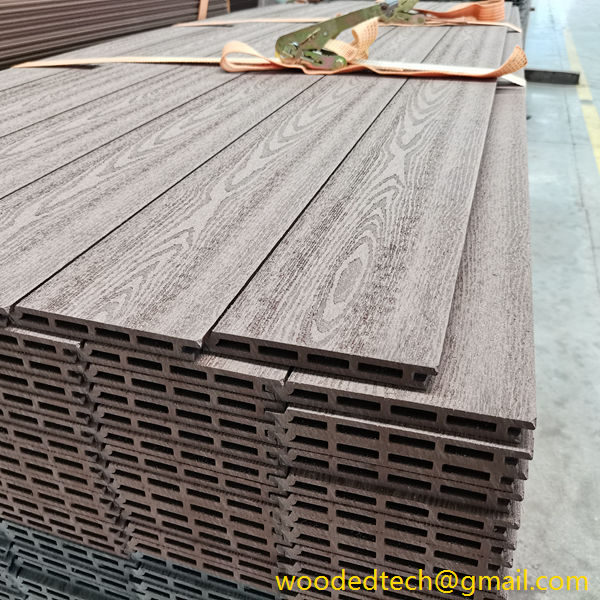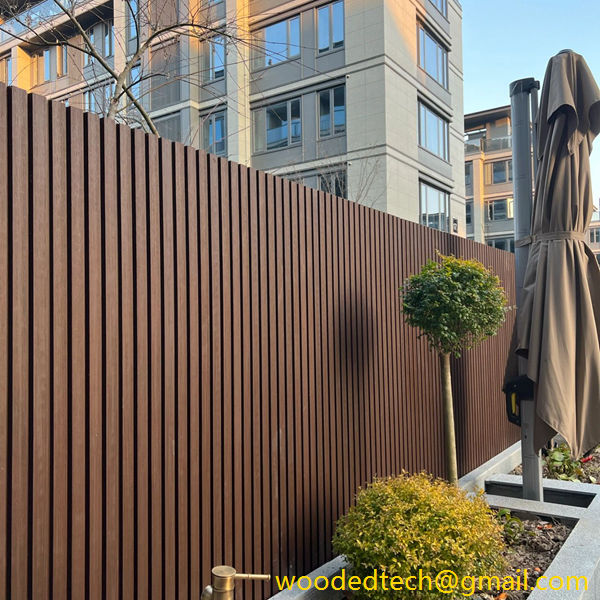Discover the Beauty and Strength of Wood WPC Decking for Modern Exteriors
In today’s world, where aesthetics and sustainability go hand in hand, wood-plastic composite (WPC) decking has emerged as a popular choice for modern exteriors. This innovative material not only enhances the visual appeal of outdoor spaces but also provides unmatched durability and environmental benefits. To understand the significance of WPC decking, it is essential to…
In today’s world, where aesthetics and sustainability go hand in hand, wood-plastic composite (WPC) decking has emerged as a popular choice for modern exteriors. This innovative material not only enhances the visual appeal of outdoor spaces but also provides unmatched durability and environmental benefits. To understand the significance of WPC decking, it is essential to explore its composition, advantages, and the global distribution of production capacity, which plays a crucial role in its availability and innovation.
Wood WPC decking is made from a blend of wood fibers and recycled plastic, which results in a product that mimics the beauty of traditional wood while offering superior performance. The wood fibers provide a natural appearance, while the plastic component adds strength and resistance to moisture, pests, and fading. This unique combination allows WPC decking to withstand the elements without warping, cracking, or splintering, making it an ideal choice for outdoor applications.
One of the most significant advantages of WPC decking is its low maintenance requirements. Unlike traditional wood decking that needs regular staining, sealing, and painting to maintain its appearance and longevity, WPC requires minimal upkeep. A simple wash with soap and water is often sufficient to keep it looking new. This ease of maintenance not only saves homeowners time and effort but also reduces long-term costs associated with upkeep.
Moreover, WPC decking is an environmentally friendly option. The use of recycled materials, such as plastic and wood scraps, significantly reduces waste in landfills and minimizes the demand for virgin materials. As sustainability becomes increasingly important to consumers and manufacturers alike, WPC decking stands out as a responsible choice that aligns with eco-conscious values.
From a design perspective, WPC decking offers a vast array of styles, colors, and textures, allowing homeowners and designers to create customized outdoor spaces that reflect personal tastes and preferences. Whether one prefers the classic look of natural wood or a more contemporary aesthetic, WPC can be designed to suit various architectural styles. Additionally, the material can be easily cut and shaped, enabling intricate designs and layouts that can enhance any outdoor area.
As the demand for WPC decking continues to rise, the global production capacity for this material is expanding. Various countries have recognized the potential of WPC and are investing in manufacturing facilities to meet the growing market needs. The production capacity distribution is noteworthy, with significant contributions from regions such as North America, Europe, and Asia.
The United States has been a leader in WPC production, thanks to its advanced manufacturing technology and a robust supply chain for raw materials. American companies have pioneered innovative formulations and production techniques that enhance the performance and aesthetic qualities of WPC decking. The country’s vast forests provide a steady supply of wood fibers, while its recycling infrastructure supports the collection of post-consumer plastic waste.
In Europe, the market for WPC decking is also expanding rapidly. European manufacturers are focusing on sustainability by sourcing materials from responsibly managed forests and utilizing advanced recycling processes. The European Union’s commitment to environmental regulations has driven innovation in WPC technology, resulting in products that not only meet but exceed industry standards for performance and sustainability.
Asia is emerging as a significant player in the global WPC market, with countries like China and India increasing their production capacities. The growing urban population and rising disposable incomes in these regions are driving demand for outdoor living spaces, leading to a surge in WPC decking usage. Asian manufacturers are investing in research and development to create cost-effective solutions that cater to local preferences while maintaining quality and sustainability.
The distribution of production capacity is not just about geographic location; it also reflects the collaborative efforts within the industry. Manufacturers from different regions often engage in partnerships, sharing knowledge, technology, and resources to enhance product offerings. This global collaboration fosters innovation and drives improvements in the quality and performance of WPC decking.
Furthermore, the global distribution of WPC production capacity has implications for pricing and market accessibility. As more manufacturers enter the market and production facilities expand, the competition increases, leading to more competitive pricing for consumers. This accessibility allows homeowners and builders from various economic backgrounds to consider WPC decking as a viable option for their outdoor projects.
In conclusion, wood WPC decking is a beautiful and robust solution for modern exteriors, offering a perfect blend of aesthetics, durability, and sustainability. Its low maintenance requirements, eco-friendly composition, and design versatility make it an attractive choice for homeowners and designers alike. The global distribution of production capacity has played a pivotal role in making WPC decking widely available, with significant contributions from regions such as North America, Europe, and Asia. As the industry continues to innovate and expand, the future of WPC decking looks bright, promising more beautiful outdoor spaces that are both functional and environmentally responsible.

